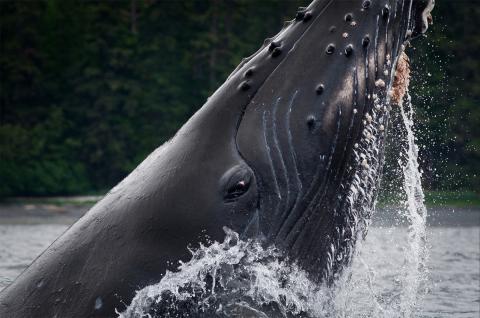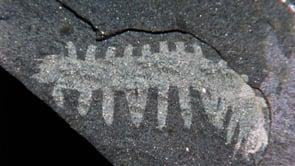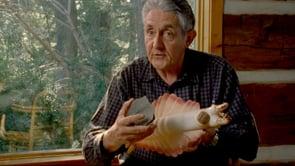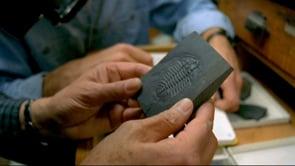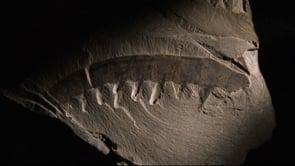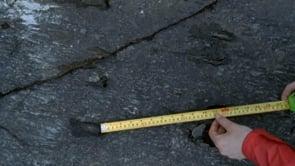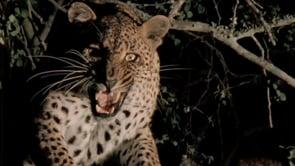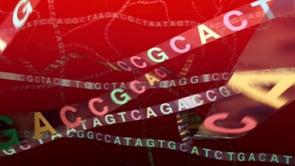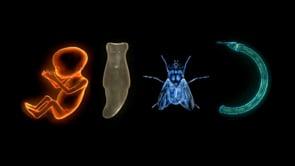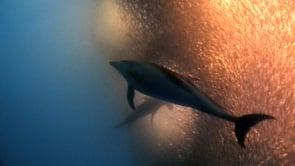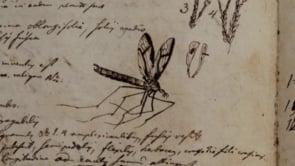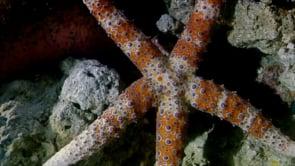

Evolution and Cambrian explosion
Evolution
Biological evolution is driven by genes adapting animals to changing environments. Both paleontology and genetics help us understand the evolution of the animal kingdom and the explosion of animal diversity during the Cambrian.
Videos
Cambrian Explosion
General Info
Causes
Fossil Sites
Animals
Key Concepts
Lesson Plans
- Image

Lesson Plan
Animating the Tree of LifeStudents will explore an animated "Tree of Life." They will record observations and questions about it and discuss them as a class. Create your own cartoon!Full Lesson Plan
- Image
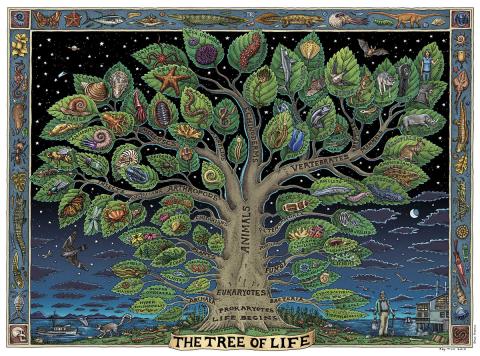
Lesson Plan
Constructing the Tree of LifeStudents explore the evolution of life on earth by constructing a "tree of life" -- metaphorical art that arranges groups of organisms by characteristics and when scientists think they first evolved.For more BIG FUN, take a look at the new Animating Tree of Life Lesson Plan where students create their own cartoon!Full Lesson Plan
- Image
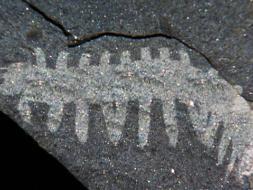
Lesson Plan
The Secrets of FossilsIn this lesson students make connections between fossils and modern day organisms. Using the information about the Cambrian Explosion, they explore theories about how and why organisms diversified. Students hypothesize what evidence might be helpful to connect fossil organisms to modern organisms to show evolutionary connections. Students use three videos from shapeoflife.org.Full Lesson Plan
- Image
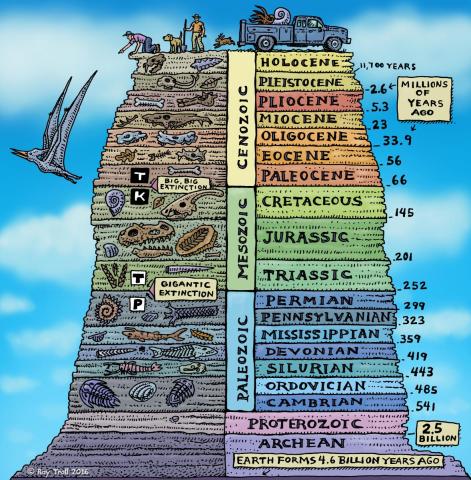
Lesson Plan
Ages Of RockThis collection consists of six lesson plans designed to help students construct an explanation of the geologic time scale based on personal connections, science concepts and nature of science ideas.Full Lesson Plan
- Image
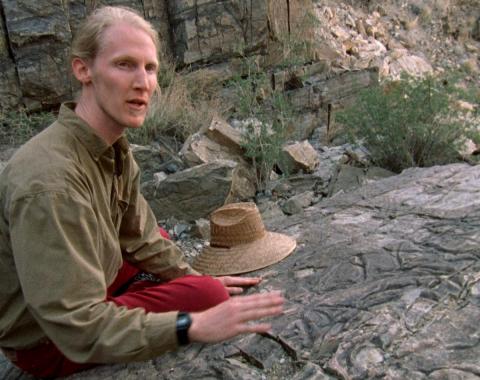
Lesson Plan
Who Was "Hunter Eve?"The paleontological evidence of the first animal to hunt is tiny trails that have been fossilized in rocks. To start this lesson, students will consider the tracks and traces left by modern animals and what they can learn about an animal from its tracks.Full Lesson Plan
- Image
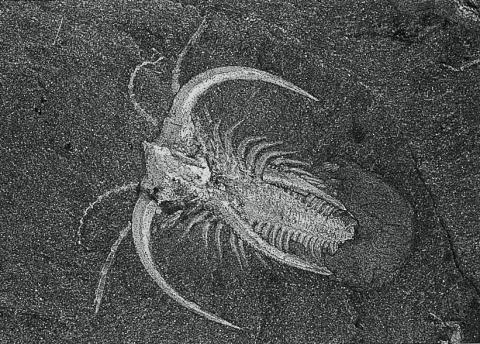
Lesson Plan
Cambrian ExplosionIn this lesson, students will watch a short film about the Cambrian Explosion and the extraordinary fossils of the Burgess Shale. Students will address preconceptions and misconceptions about early Cambrian life, and complete a timeline activity that will enable them to better appreciate just how recently—relatively speaking—multicellular life evolved on Earth.Full Lesson Plan
- Image
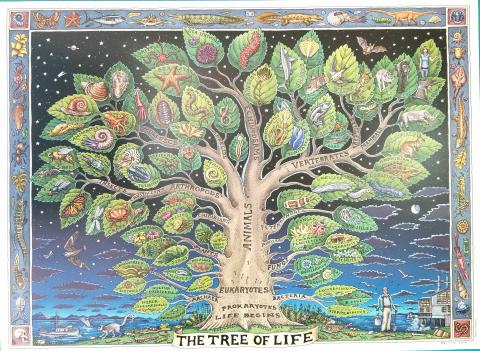
Lesson Plan
MODELING EVOLUTIONARY RELATIONSHIPS WITH TREESIn this lesson, students will address misconceptions about phylogenetic trees before completing a modeling activity to give them a better understanding of how trees are used to model evolutionary relationships.Full Lesson Plan
- Image
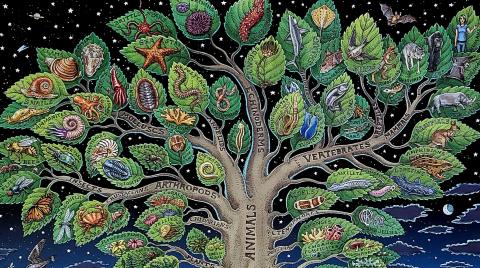
Factsheet
Cambrian ExplosionThe Cambrian Explosion was a burst of animal evolution that occurred in the ocean about 540 million years ago.Download Factsheet
Cambrian Explosion Readings
- Image
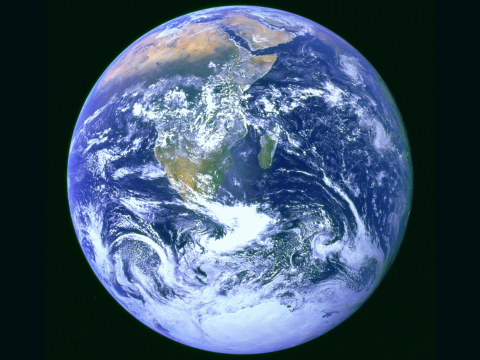
Reading
Cambrian Explosion: A BIG BANG in the Evolution of AnimalsFor most of Earth's early history, there simply was no fossil record. Only recently have we come to discover otherwise: Life is virtually as old as the planet itself, and even the most ancient sedimentary rocks have yielded fossilized remains of primitive forms of life.Download Reading
Features
Blog
A Cool Summer Adventure: BURGESS SHALE!
By Nancy Burnett, Founder of Shape of LifeWhile working on the original PBS Shape of Life series, I learned about the discovery of fossil animals that first appeared during the Cambrian Explosion. When I realized that the most famous Cambrian site is in the Burgess Shale of British Columbia, I knew I had to visit it.
Scientist
Geerat Vermeij UC Davis, Distinguished Professor, Earth and Planetary Sciences
The Whole World at his FingertipsWhen we filmed Evolutionary Biologist Geerat (Gary) Vermeij for Shape of Life we were awed by how he could tell us so much about a shell by feeling the shape, the texture, the bumps and even the repairs. Blind since age three, Gary studies the form and function of molluscs in a completely unique way – using his figertips. He says his parents encouraged him to…
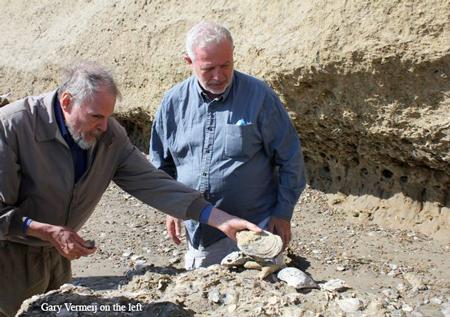
Creature
Humpback Whale Feeding and Cultural Evolution
How humpback whales catch their prey is a cultural tradition that varies depending on the population.
